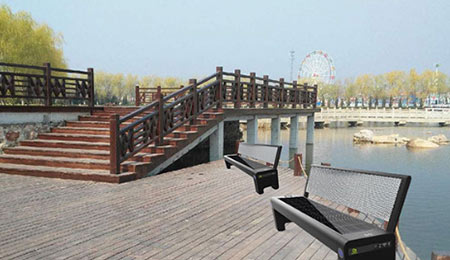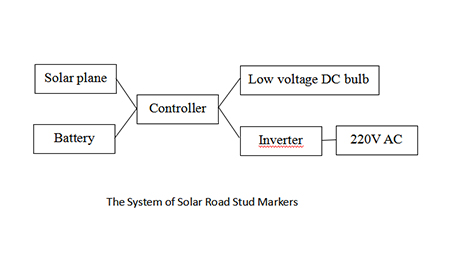Solar energy is more and more widely used in urban lighting. This paper analyzes the advantages and disadvantages of solar road stud markers and its application prospect in urban lighting by comparing the cost, power and landscape of
solar road stud markers and
conventional reflective road stud.
Basically, there are two ways to convert solar energy into electric energy: one is to convert solar radiation energy into heat energy, that is, solar thermal power generation; the other is to directly convert sunlight into electrical energy through photoelectric devices, namely solar power generation.
From the perspective of municipal lighting, solar power generation is generally adopted, that is, solar energy is converted into electric energy by conversion device. Because photoelectric conversion device usually uses the photovoltaic effect principle of semiconductor devices for conversion, so it is also called solar photovoltaic technology.
A basic solar lighting system of solar road stud markers includes solar panels, controllers, batteries and LED light sources. It can not only directly generate low-voltage direct current, but also convert it into 220 V AC through inverter, and then supply lighting load. The system diagram is shown in Figure 1.
The power of solar road stud marker system mainly depends on the area and conversion efficiency of solar panels. At present, there are three main types of solar panels: monocrystalline silicon, polycrystalline silicon and amorphous silicon. The mainstream product is monocrystalline silicon, and the conversion efficiency is between 10% and 15%.

